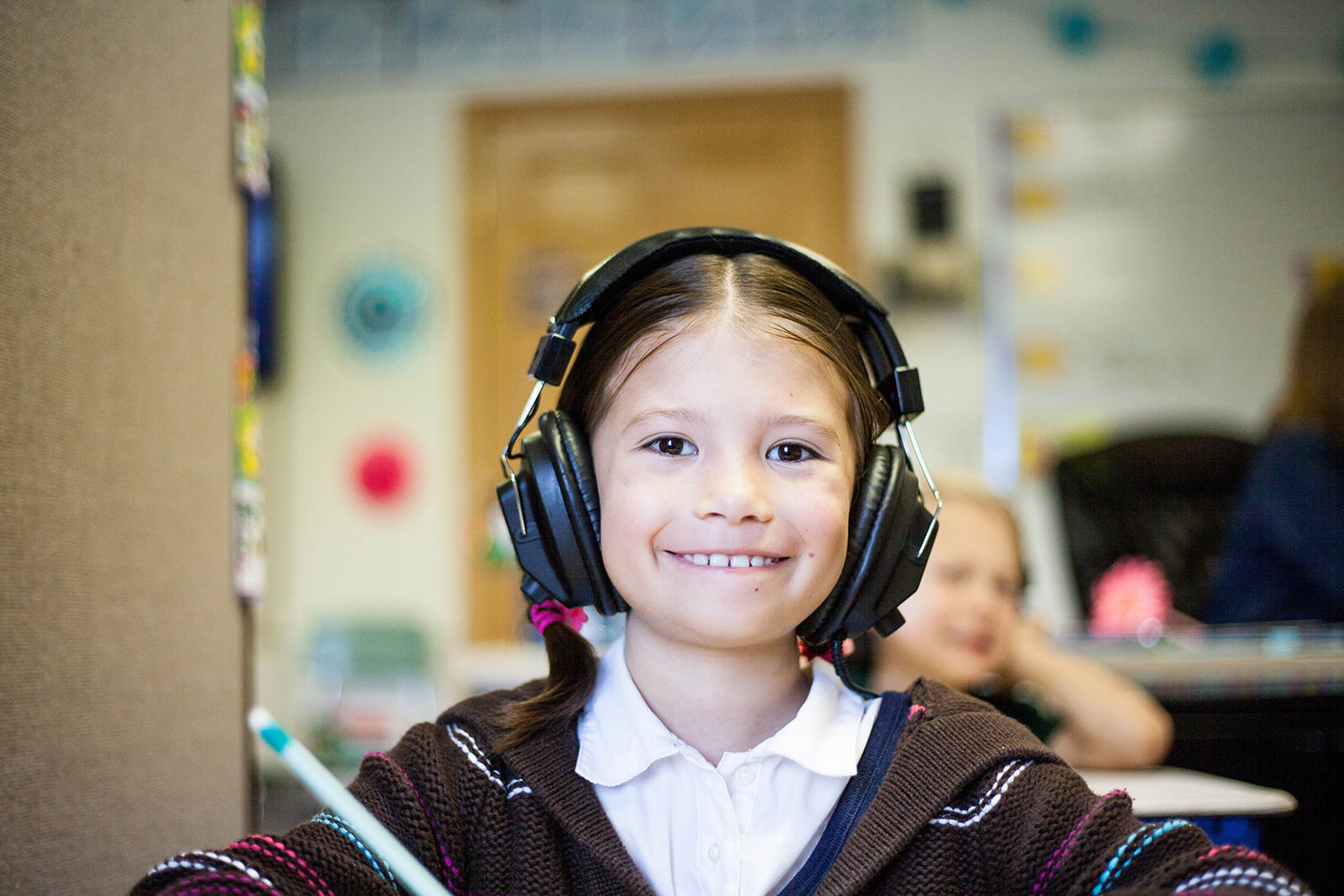
AUDITORY INTERVENTION – TOMATIS®
Recently the OT team at Explore and Soar participated in some professional development training that allows us to provide another auditory intervention to our clients and their families. We are pleased to announce that Explore and Soar is now a certified Level 1 TOMATIS ® Practitioner.
What is TOMATIS ®?
TOMATIS ® is a sound-based neurosensory education program that is used to enhance the connection of the ear, brain and body in order to work together and support the progression of all foundational skills for your child’s development. It is based upon the work of Alfred Tomatis (Tomatis® Method) using a special machine called the TalksUp® device, to produce the Tomatis® effect.
This time last year we spoke about the complexity of the auditory sensory system and how it is linked to multiple other sensory systems, including the vestibular (movement) system. As such, our ear is regarded as both an auditory and motor organ within our body and is the doorway to our entire nervous system! The way it interprets and processes sensory information from the world around us impacts upon our emotional regulation, fine and gross motor skills, postural activation, spatial awareness and social skills.
Did you know that one of the primary roles of the ear is to provide energy to the brain – 70-80% of all energy for our brain comes from our ear!
Of this, 60% is from our auditory system (hearing) while 30% comes from our vestibular (movement) system. Thus, the ear requires both sound input as well as vibrational input for it to energise the brain and allow for sensory processing to occur at a very automatic level. The TOMATIS ®system is the only auditory system to provide both air (sound) conduction and bone (vibrational) conduction in order to simulate the brain.
Here is a great video that demonstrates how this in fact works within our bodies.
So why would Explore and Soar use TOMATIS® over other auditory interventions?
TOMATIS ® is based on the principals of intensity and breaks. This means that each program lasts 14 days (intensity) with specific time durations (breaks) between the programs to allow for integration and progression of skills. Thus, it is a 14 day commitment, 4 times per year within the first year and minimum 2 to 4 programs upon the second year to complete the listening program of up to 80 miutes duration per day. However, the integration time outside of the listening stage is just as critical to the overall effectiveness of the program. The effects of TOMATIS ® are best seen over time (with multiple programs for increased results); whereas other auditory interventions can elicit an immediate response or change to behaviours or body awareness or require continued daily listening for up to 12 weeks.
Explore and Soar clinicians apply their knowledge of each of the different auditory interventions we have access to, along with consideration of each individual’s goals, funds and family life to determine which interventions will be best suited for the individual.
We’ve seen many children gain a range of benefits by completing the program alongside our clinicians. One of our clients who engaged with the Tomatis® method was previously unable to regulate emotions effectively, follow instructions, understand spatial awareness or movement through space. After completing his first 14 day program, the child became better regulated with a reduced recovery time, staying in his regulated state for longer, with a greater sense of awareness within his own space. He was able to engage and communicate his wants and needs in a healthy way, without lashing out and his creative play and expression exceeded all expectations.
What benefits can TOMATIS® help achieve?
The changes mentioned here are some of the changes observed and reported by parents using the Tomatis® Method around the world. Responses will vary from child to child and can be difficult to predict; however patterns of development allow us to recognise and assist families in preparing for such changes. These benefits include:
- A child can become either calmer or more alert depending on their sensory profile.
- A child can appear more focused and more purposeful in their behaviour.
- Improved eye contact.
- More affectionate.
- Children begin to frequently seek their parents out and want to join in on more family activities.
- Show increased interest in non-verbal communication such as facial expressions and gestures.
- A child may increase their self awareness, or become inquisitive about their own self.
- They show more awareness of their environment around them and may start to notice things they seemed oblivious to before.
- Some of the sensory sensitivities that were especially heightened will start to decline.
- Increased vocalisations or sounds such as babbling or baby sounds in children who are considered non-verbal.
- Increased recognition of their name or when they are spoken to.
- Ability to demonstrate an increased understanding of more complex sounds, words and phrases in children who are considered verbal.
- Ability to understand and follow directions of varying complexities.
- A child will have increased purposefulness in their communication, behaviours, play ideation and social interactions with others.
- A child will be less in their own world and more willing to join our world.
If you would like to know more about TOMATIS ® or the other auditory interventions Explore and Soar can offer as part of our ongoing therapy to assist your child in achieving their goals, please reach out to your treating clinician.
Read more about the Tomatis® Method here.
Until next time,
Lori
ORIGINALLY PUBLISHED AUGUST 31, 2022
Latest Posts
- The Power of Play: Supporting Transitions in Your Child’s Development

- OT Week: Celebrating 80 Years of Connection – 21st to 27th October (Week 3, Term 4)

- Nurturing Early Sensory Development: The Critical Role of Suck-Swallow-Breathe Synchrony in Infants

- Empowerment Through Adolescence: Navigating Puberty with Confidence and Support

- Fine-Tuning Foundations: Nurturing Essential Fine Motor Skills


Leave a Reply